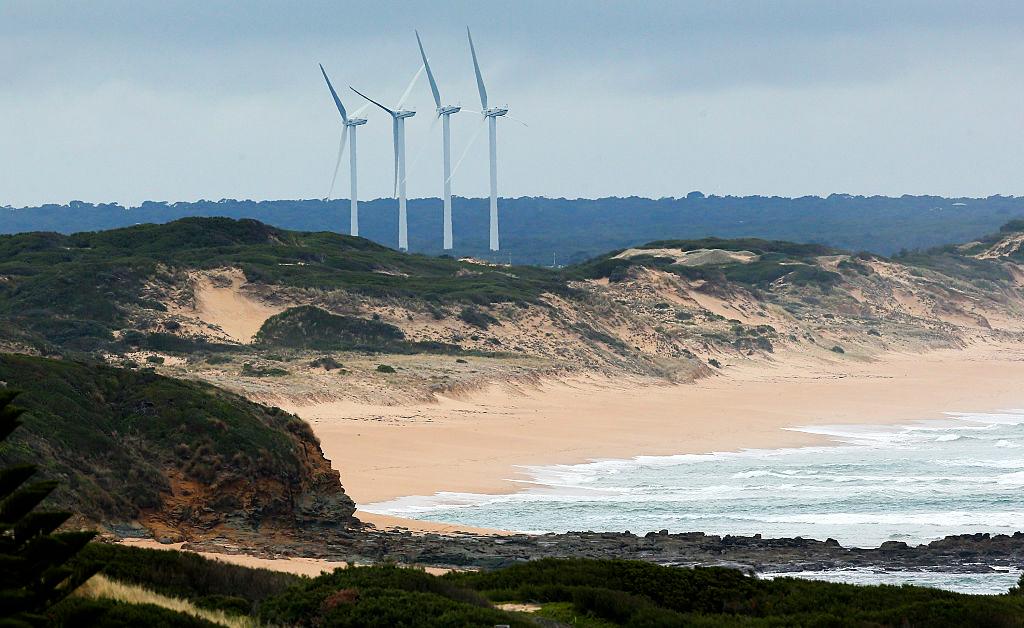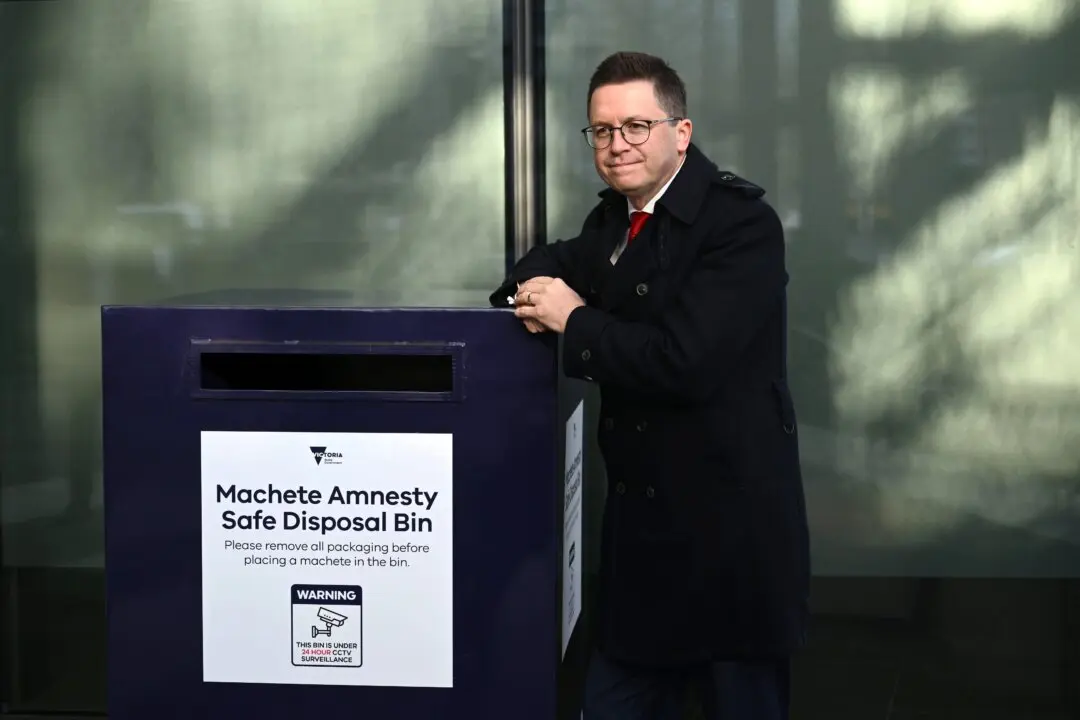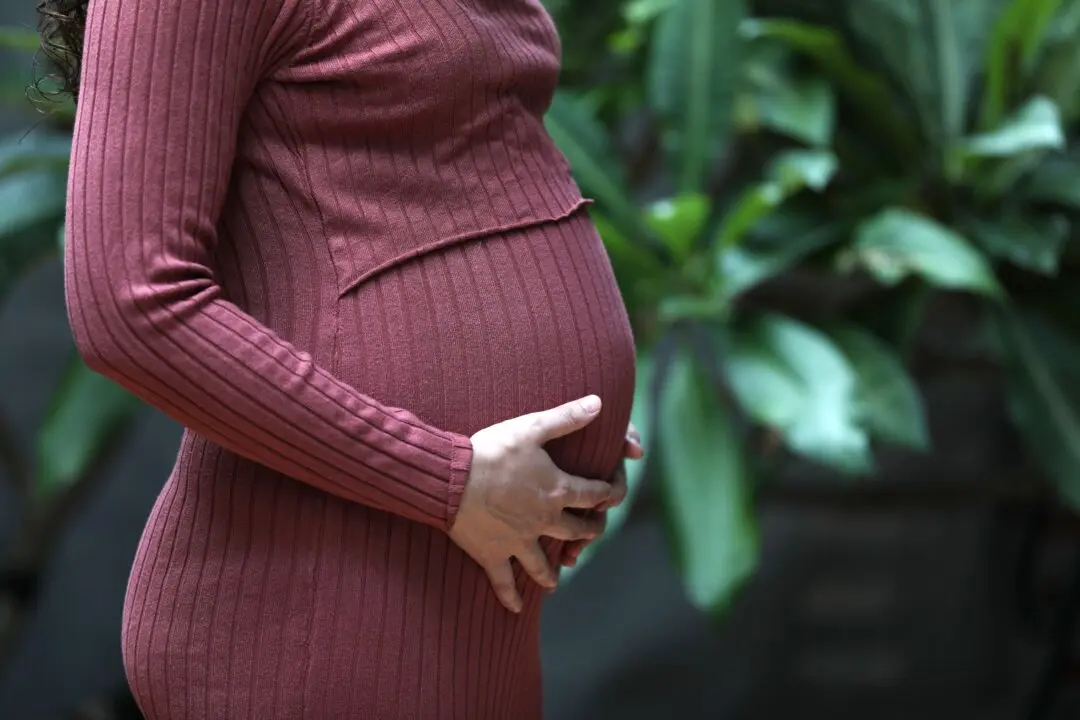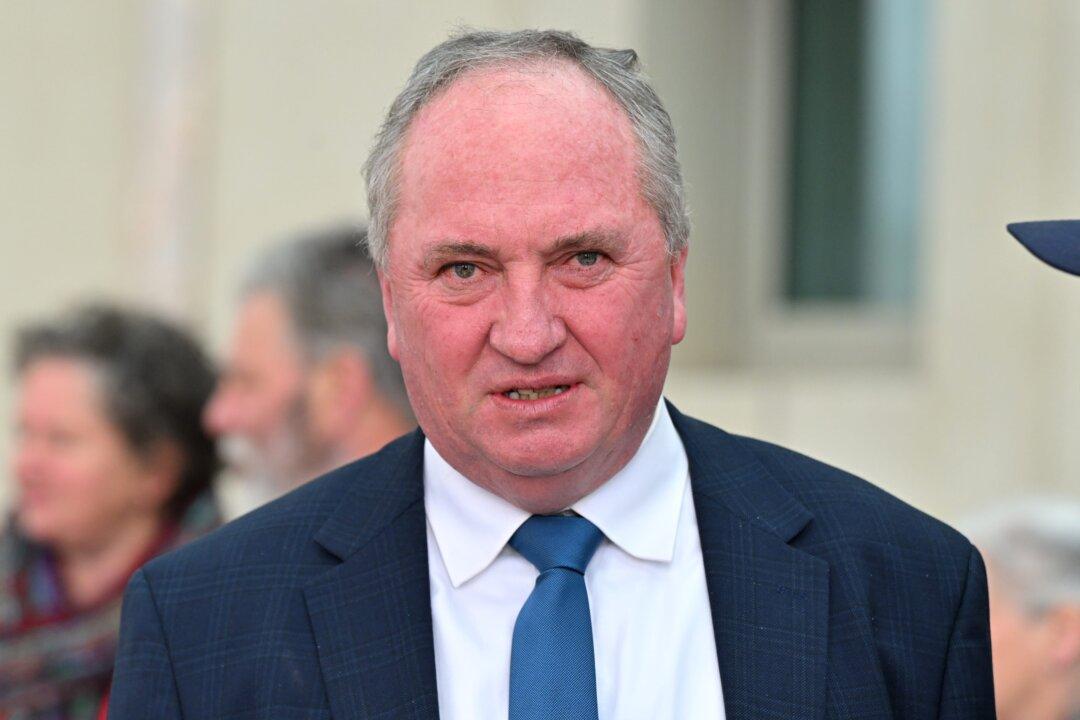
A view of Wonthaggi Wind Farm to the south-east of Melbourne in Victoria, Australia, on July 7, 2015. Quinn Rooney/Getty Images
A community in a regional town to the north-east of Melbourne has pledged to challenge a proposed large-scale wind farm project over the “long haul.”
The Seymour Wind Farm, headed by Italian renewable energy company Fera, includes 80 to 100 wind turbines.





